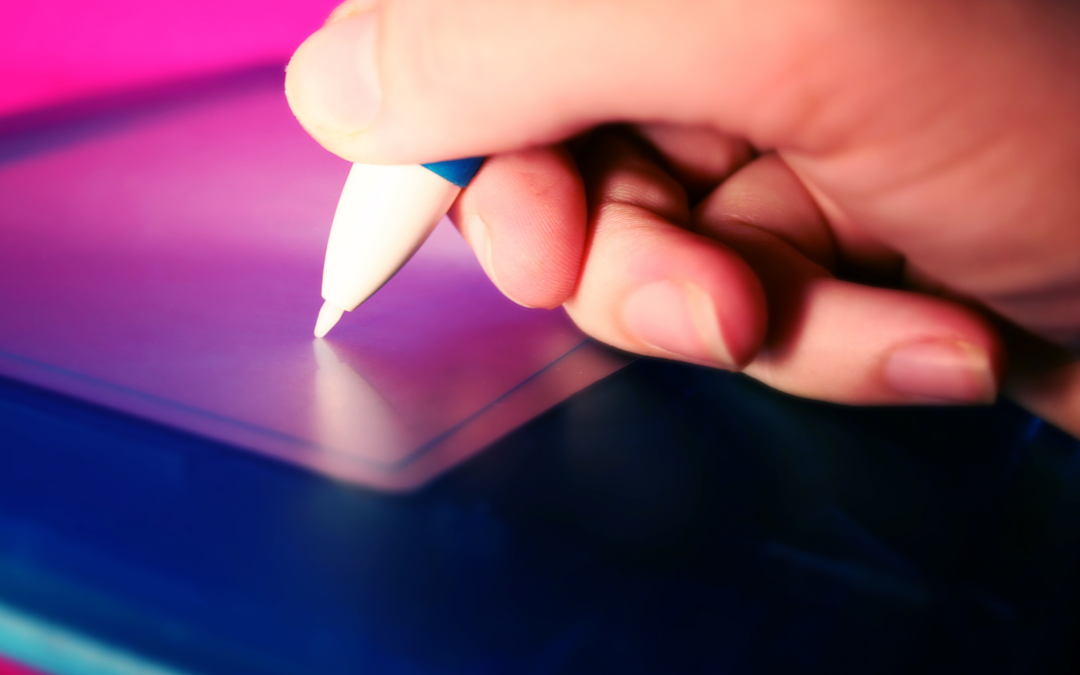As museums shut down during the COVID-19 pandemic, physical art sales took a deep dive in 2020. But while some have thought art and culture were taking a hiatus, they just moved online, similar to other industries. According to CryptoArt.io data, NFT-based art sales reached an all-time high of $8.2 million in December, up from $2.6 million the previous month.
As cryptocurrency users start understanding the value that NFTs can offer, digital artists are starting to flock to digital art networks to showcase and sell their art. The direct payments that artists receive are also a more desirable way to sell their artwork. All signs point to CryptoArt and NFTs being the next big investment opportunity.
COVID Brings the Art World Closer to New Technologies
COVID-19 results in unemployment for many in the art industry due to quarantine restrictions that halted in-person access to museums, galleries and exhibitions. A recent Americans for the Arts survey found that 62 percent of artists were left completely unemployed and over 94 percent lost income during the ongoing shutdowns.
However, a silver lining is that the art world is becoming closer to a tipping point in accepting new technologies. For the first time ever, art collectors who can’t go to museums are turning to digital art fairs and following digital art news. As a result, a light has shown on the unsustainability of art fair models. Now CryptoArt is offering a more sustainable way for artists and their art to thrive.
Art, NFTs and Blockchain
Despite the blow to art’s traditional business models, new technologies and internet-based innovations are adapting to the pandemic. In its place, “tokenization” models are emerging, including non-fungible tokens (NFTs) that create new ways for investors and collectors to buy, sell, and trade digital art. These innovations open the door to the tokenized products or collectibles that can be captured and owned digitally.
Marketplaces powered by NFTs open up new revenue opportunities for artists. Anytime digital work is resold or their tokens traded on digital platforms, the creator automatically gets a cut of those secondary sales. It’s transparent and ruled by code on the blockchain, making it a revolutionary shift in creator economies.
It’s also more verifiable than many people think at first. The collector of the NFT does not obtain a digital file; they get a unique and signed token that can’t be copied or owned by anyone else. So, the idea that an NFT can be right-click-save-as copied is assuming that you can go to the Louvre, take a picture of the Mona Lisa and own it. NFTs are more about the permissions and access to an item.
It’s only a matter of time until the CryptoArt market becomes accepted in a wider sense.
The Acceleration of CryptoArt and NFTs
One reason CryptoArt and NFTs will become a great investment is that blockchain and tokenization can bring an element of democratization and collective feeling into art appreciation. Blockchain has a similar crowd financing function where a big group of people can actually finance an artwork from the beginning. The startup, Snark.art is a platform that helps artists tokenize and sell their artwork on the blockchain network. Here, art lovers can own pieces of art. Additionally, blockchain can crowdfund art to help museums and other cultural institutions raise money during closures.
There’s an influx of artists switching to digital. Typically, it was relatively difficult to convince leading artists to start experimenting with the medium and non-fungible tokens (NFTs), before Covid-19. Now, it’s incredibly easy.
As NFTs can represent entire works of unique art, or fractions of artwork, many people can collectively own a portion of a single work of art. Due to these factors, many artists and collectors are attempting to understand how to store and trade digital art, while noticing which artists are on the market.
Blockchain’s presence in the art world will only continue to grow, particularly through the increased popularity of NFTs. CryptoKitties are one type of NFT being used to create and trade artwork, showcasing digital cats. In 2018, a CryptoKitty titled Dragon sold for 600 ETH (Ethereum), or about $172,000 at the time. CryptoPunks, another art project, created 10,000 original collectible characters. Ownership of each was stored on Ethereum’s network.
Blockchain can also issue authenticity certificates in the digital art world by recording and approving the chain of ownership digital artwork, for crowdfunding, tokenization and proving digital scarcity. Thanks to blockchain technology, NFTs bring longevity to the digital art scene, creating digital artifacts that are essential parts of any art collection. As we shift online more due to COVID-19, museums will have to reckon with the realization that these digital assets are now part of culture and should be part of their collections, especially as the market grows.

